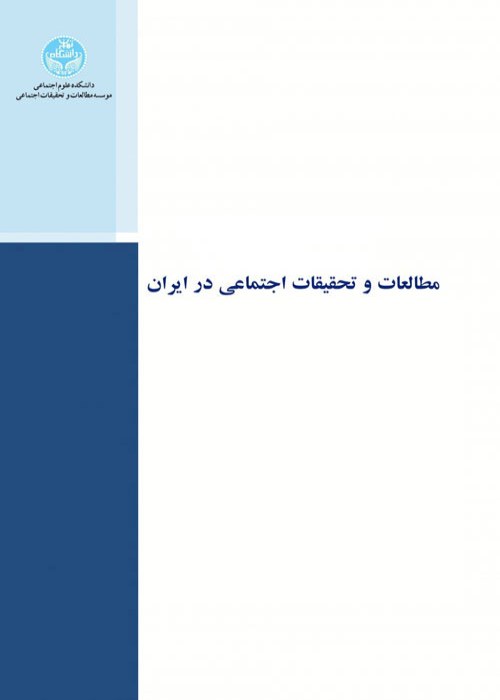The role of illusory truth effect in believing the false news of cyberspace
Why do so many people believe fake cyberspace news? What are the mechanisms underlying these misconceptions? Current research tests a possible answer to this question: previous encounters (being familiar) with false news. Because news are so easily spread in cyberspace, people see news in different contexts of cyberspace (such as Instagram, Telegram, Twitter, Facebook, etc.), and this means that they see one news more than once.
The study included 1,455 participants with that the mean and standard deviation of their age was 27.10 and 3.88, respectively, with a range of 18 to 39 years, and 631 of whom were male. The instrument of this study were 24 false news headlines. With a dependent true experimental design (or repeated measures), the participants were tested in a four-step experiment: • In the familiarizing phase, eight false news headlines were shown to the subjects and they were asked if they wanted to share the news with others. • In the assessment phase, sixteen false news headlines were shown to the subjects, that eight of them had been seen in the familiarizing phase and eight headlines were new, and the subjects were asked to rate the familiarity and accuracy of each news. • In the follow-up phase, twenty-four false news headlines were shown to the subjects, that eight of them had been seen in familiarizing phase and in assessment phase (i.e., twice), eight of them had been seen only in the evaluation phase (i.e., once), and eight headlines were new, and subjects were asked to rate the familiarity and accuracy of each news.
Repeated measures ANOVA showed that the confrontation effect was significant, i.e., the familiarized news were rated more accurate than the non-familiarized news. Additionally, in the follow-up phase, repeated measures ANOVA showed that the effect of the confrontation was significant, so that were rated more familiar than once familiarized news and non-familiarized news.
The current study showed that the familiarized news were more believable than the new news. The impact of confrontation on believing the news not only lasted for ten days, but also increased with the second confrontation. The mechanism of illusory truth effect is that human beings seek the easiest way to judge the rightness /wrongness of propositions, and one of these easy ways is the processing fluency, i.e., the human beings easily believe whatever they easily understand, and being familiar with propositions helps to easily understand them.
- حق عضویت دریافتی صرف حمایت از نشریات عضو و نگهداری، تکمیل و توسعه مگیران میشود.
- پرداخت حق اشتراک و دانلود مقالات اجازه بازنشر آن در سایر رسانههای چاپی و دیجیتال را به کاربر نمیدهد.



